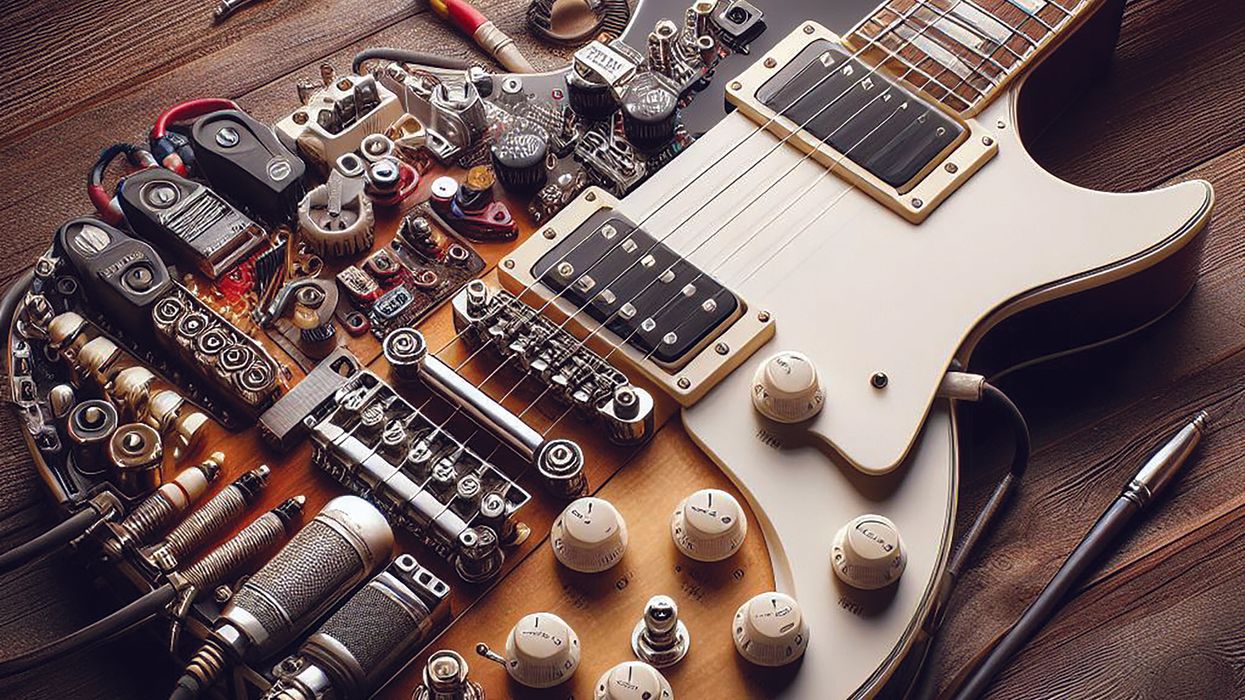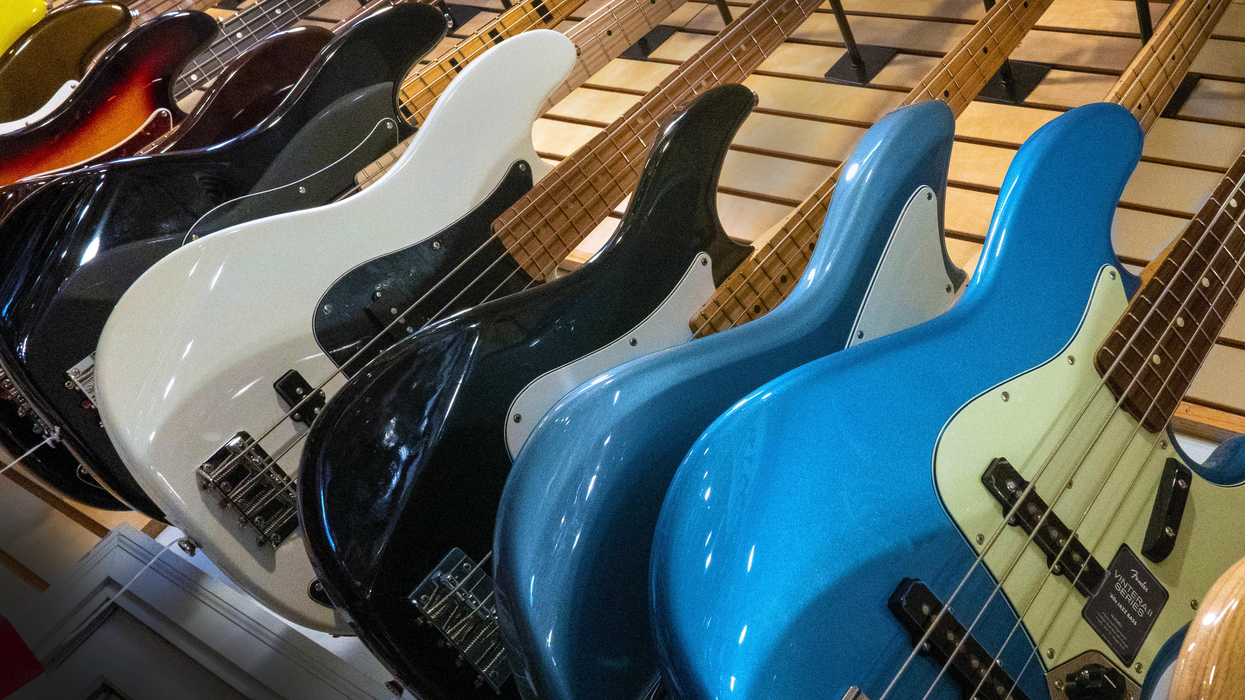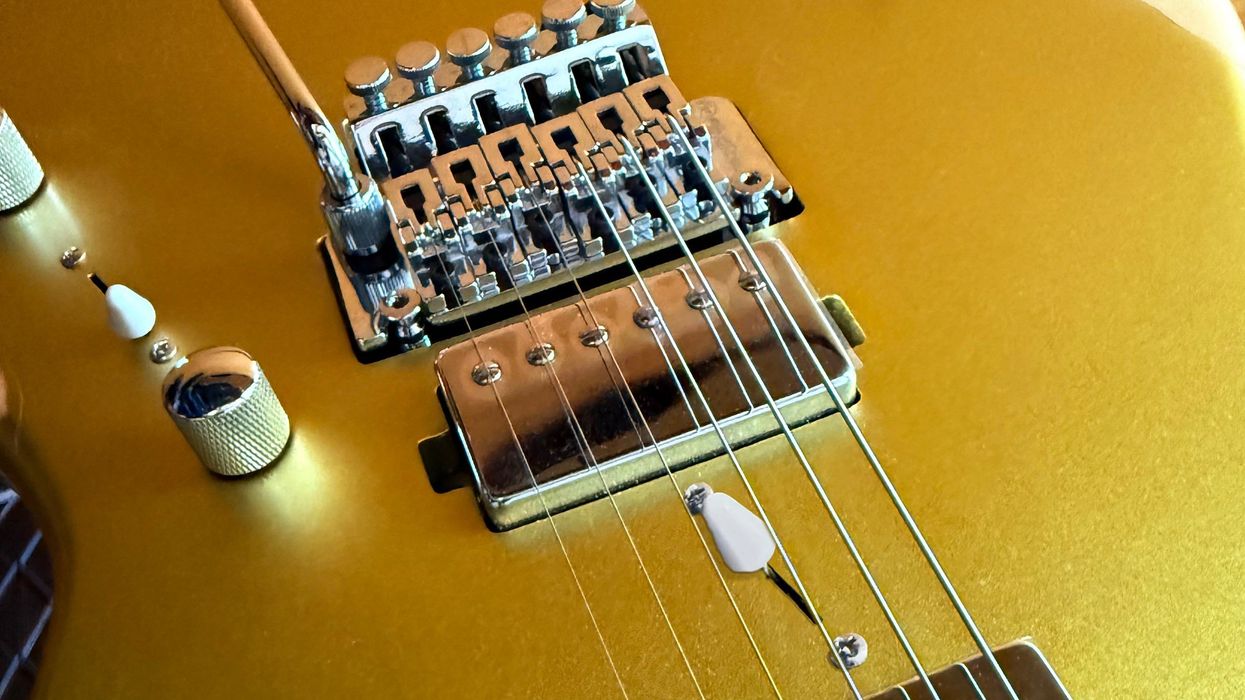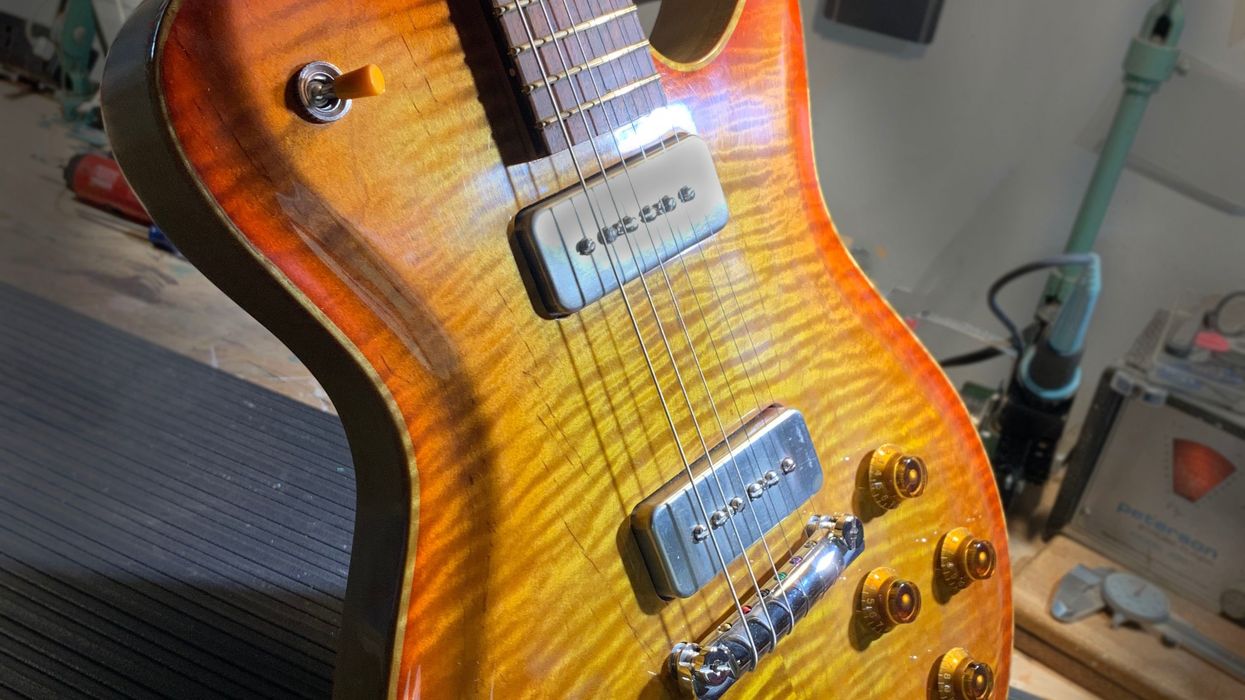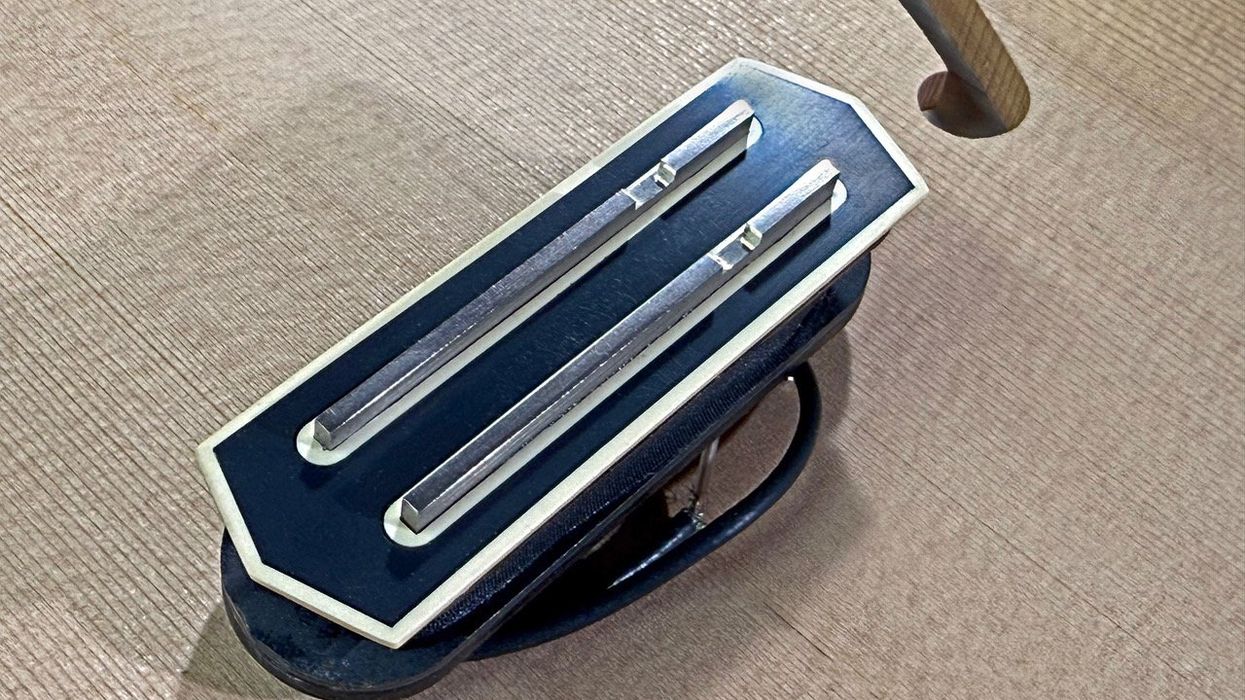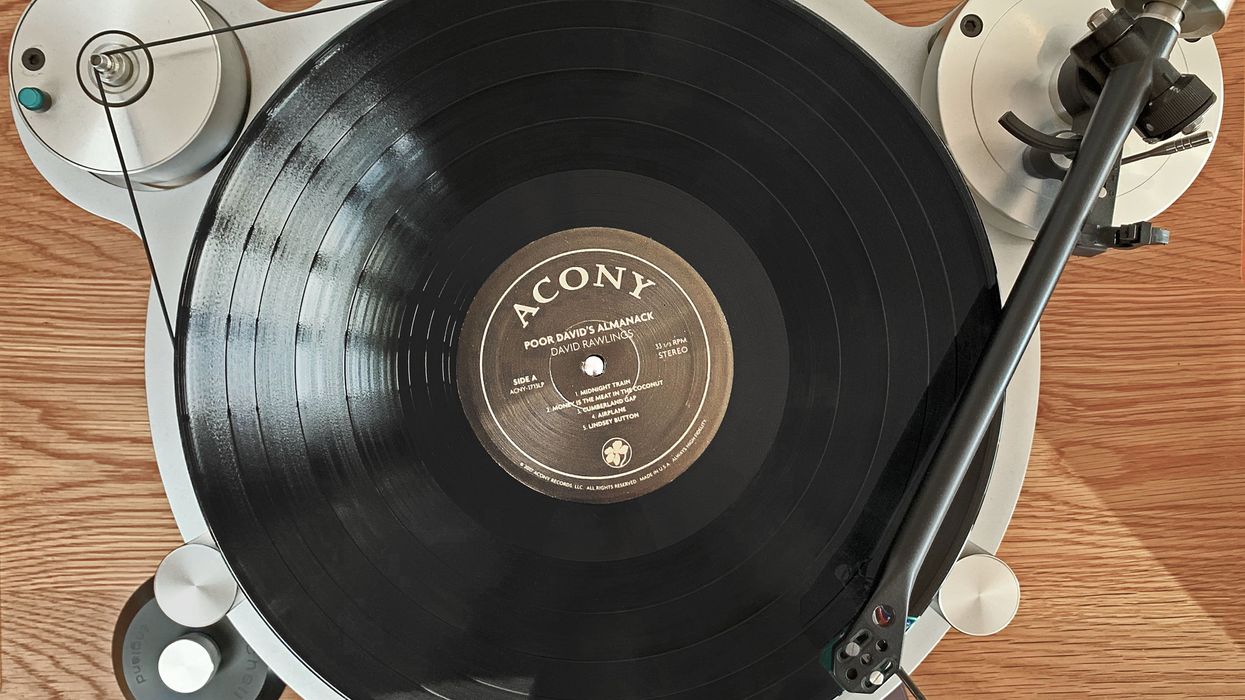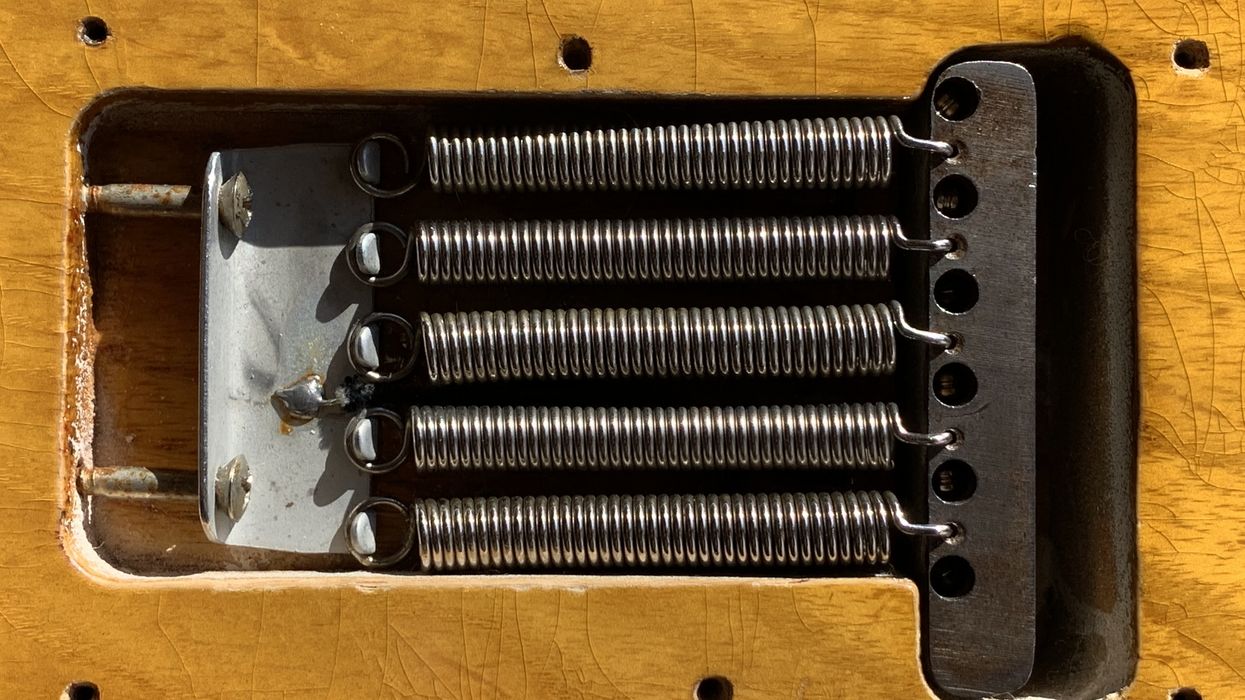There’s no doubt that guitarists simply cannot agree on what is the best instrument. After all, best is so subjective in this context that the very idea is laughable. Still, the unspoken dream of many guitar builders is to offer a guitar that everybody will like.
There are guitar makers who attempt to build a best-of-both-worlds musical appliance that attempts to be either a Swiss Army knife or a meet-you-in-the-middle instrument. These usually wind up being neither fish nor fowl, which actually might accidentally create something a little different from the usual white meat.
The other end of the spectrum is the outfit that doesn’t wish to be a big fish. These are the builders who only want to follow their muse, and possibly exist on a stream of like-minded musicians who “get” what they are doing. If you think I’m projecting here, you’re probably on target. Still, I have wondered if I could design an instrument that would appeal to everyone.
Most of my attempts to solve the age-old puzzle of making a true chameleon guitar have ended up being interesting experiments that came close but were never really ready for prime time. Those models have a fanbase and are becoming collectible in some small way despite their quirkiness. It’s plain to me that the essence of what I’ve done was to channel my love of vintage instruments into something new, and that meant standing on the shoulders of those who came before. Maybe I was just too close to see clearly, and needed a larger perspective.
So, in the spirit of the new AI frontier, I decided to collaborate with the generative neural network ChatGPT for some insight. I typed, “Describe an electric guitar that everyone will like” into the void, and 15 seconds later I had five pages of text that clearly was the result of scraping the online guitar universe. I’ll share some of the high-points.
“A few billion dollars worth of tech spat out the usual references to classic design with modern touches, high-quality materials, versatile pickups, quality hardware, and comfortable playability.”
The first response was disappointingly reminiscent of boutique guitar advertising copy. A few billion dollars worth of tech spat out the usual references to classic design with modern touches, high-quality materials, versatile pickups, quality hardware, and comfortable playability. The list went on with phrases that appear in every book, magazine, or forum about guitars. The summary was, “By combining these elements, you create an electric guitar that not only looks appealing but also offers a broad spectrum of tones, making it suitable for a wide range of musical styles and preferences.” I figured that I needed to hone my queries and drill down a bit more.
“OK,” I asked, “but what could be a new twist on this?” The ChatBot had some interesting ideas, beginning with smart connectivity that could wirelessly interface with various devices like “smartphones, tablets, or computers, enabling seamless integration with recording software, amp-modeling apps, and educational tools.” Next was an idea for LED lighting players could program to enhance their appearance onstage. Of course this has been done, but the next bit was a little more sci-fi: “Implement augmented reality features through a built-in camera or sensors on the guitar.” This sounded surprisingly like a previous Esoterica Electrica [“I Have Seen the Enemy, and It’s OS,” November 2016].
The flow continued. “Players can use AR to display chord diagrams, scale patterns, or virtual effects directly on the guitar’s body, enhancing the learning and playing experience.” I’m not exactly sure why this would be of use, but I played along. “What guitar features will make guitarists look sexy?” I asked jokingly, hoping for some other insights. The answers I got were surprisingly familiar. “Remember, the key to looking and feeling sexy with a guitar is to choose one that resonates with your personal style, preferences, and musical identity. Embrace your uniqueness, and let your passion for music shine through your playing.”
At this point I gave up on gaining any new ground on this endeavor, so I asked for a recommendation for where I might generate an image of the ultimate guitar. The results accompany this article. Then I signed off—the bot thanked me and said goodbye.
After spending a morning thinking about the results of “collaborating” with AI, I was left with a surprisingly hopeful feeling. Every milestone in human history was the result of springboarding off the work of those who came before, whether we know it or not. Most of what is passed off as new is truly built upon what has come before.
I’m certain that these technologies will improve and press ahead, possibly to the point where real breakthroughs occur. But the technology available today just recycled the past like humans do, and it wasn’t any better at predicting the future than the builders I know. Still, a nagging uneasiness hovered just outside of my consciousness, so I queued up Neil Young’s Harvest on vinyl and pulled a double espresso just to get back to real. I’m working on letting my passion for music shine.

